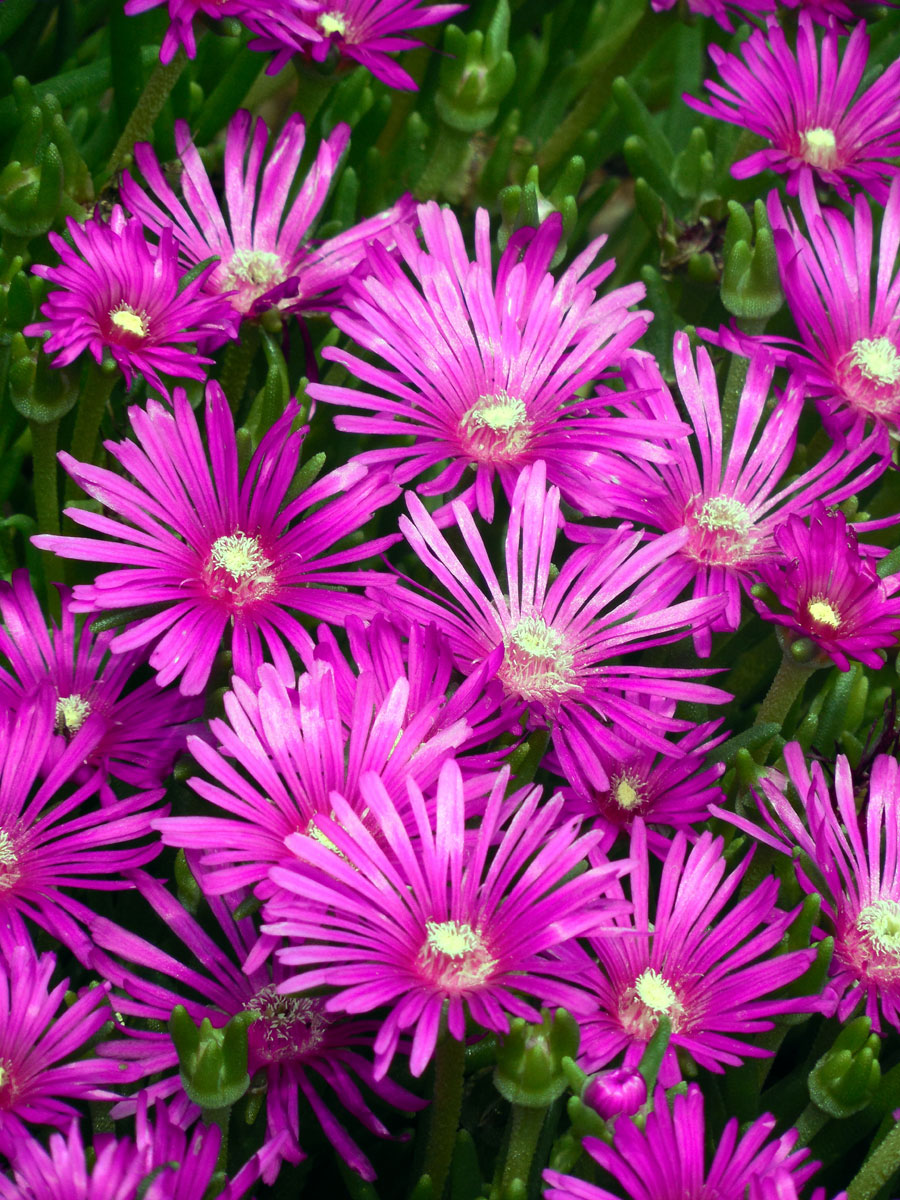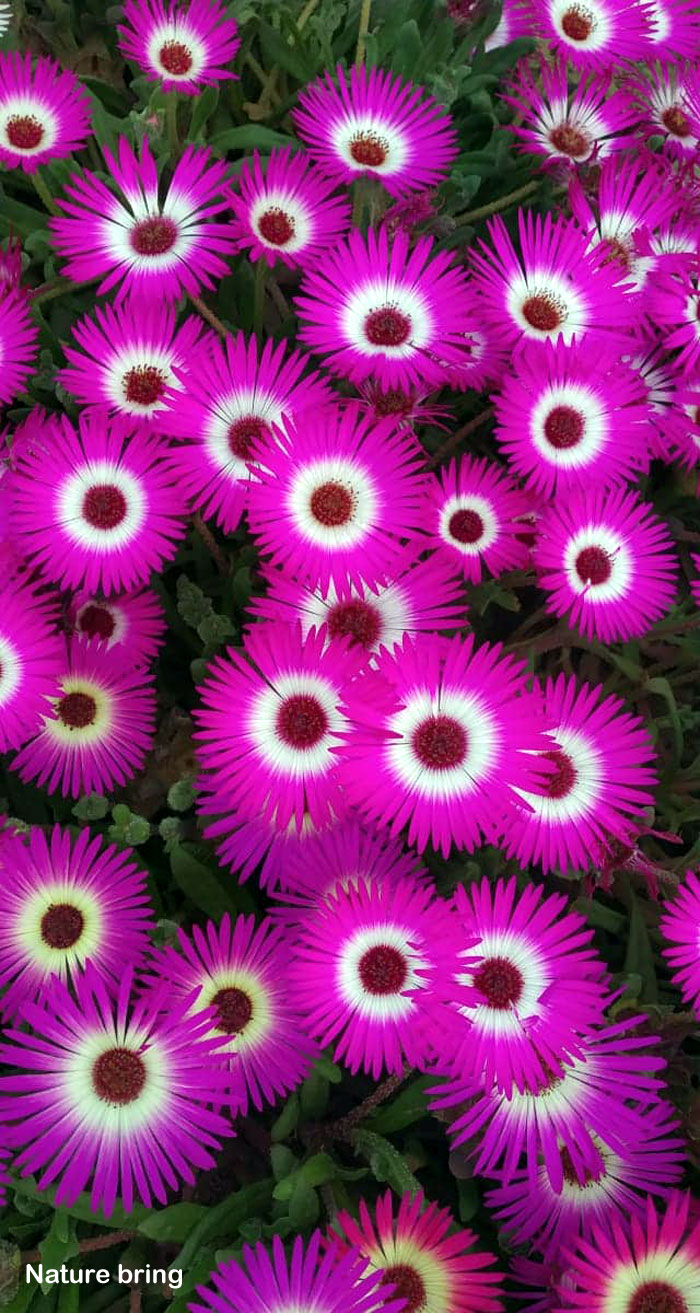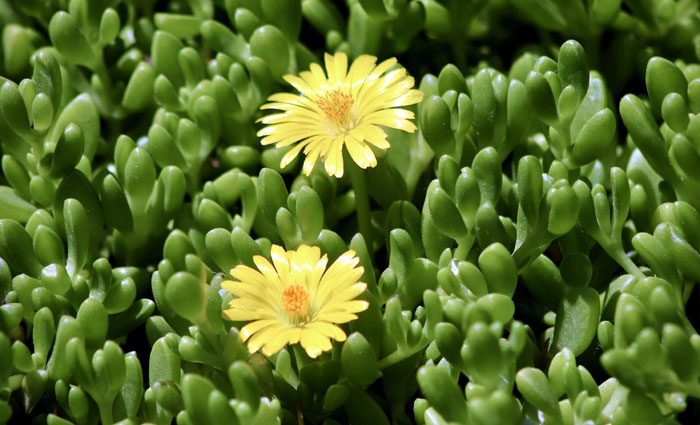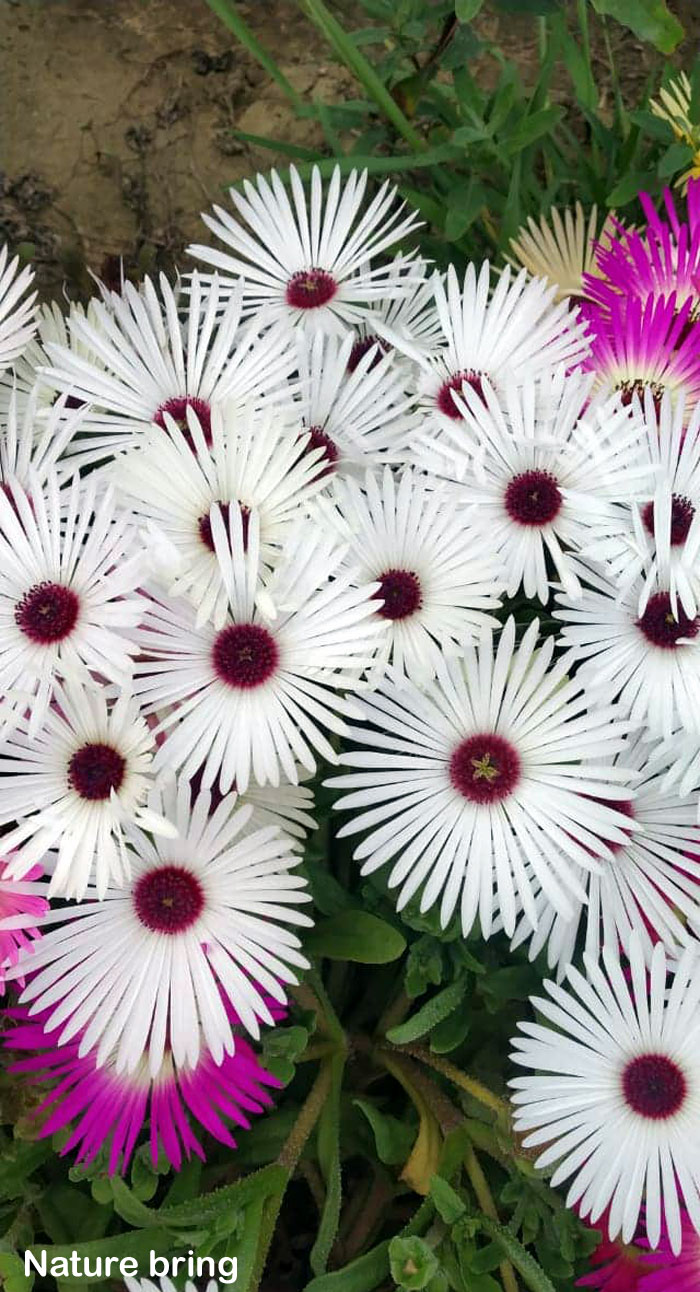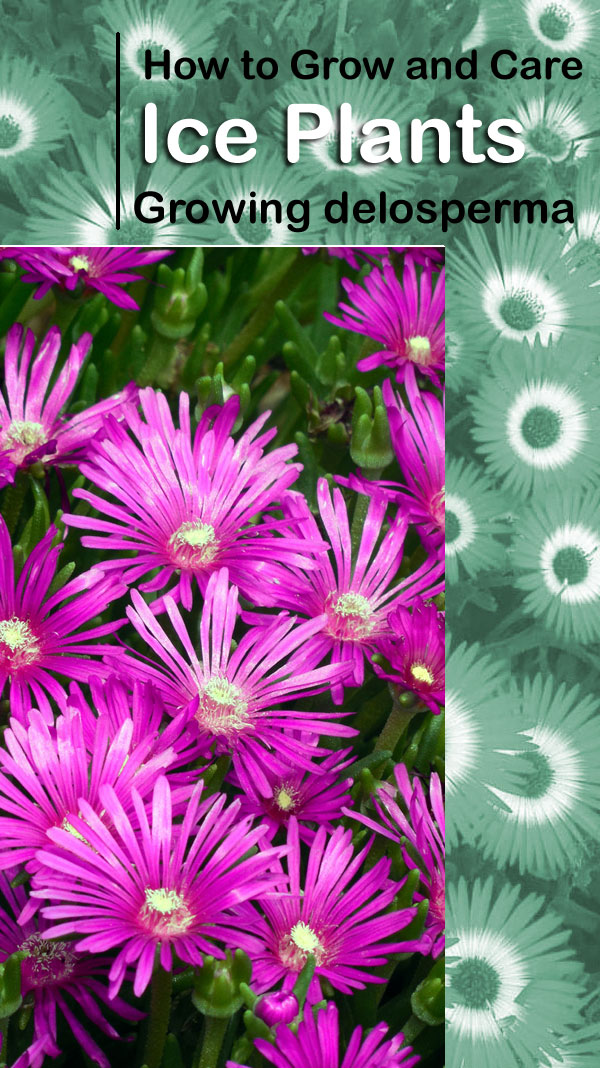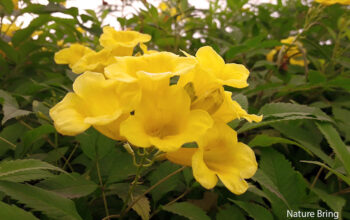Ice Plants (delosperma)
There are about 1800 species of plants in the Aizoaceae family, or fig and marigold family, with about 135 genera present. They are commonly known as carpet weeds or ice plants. It is known as vygies in South Africa and New Zealand. The majority of aptenia cordifolia (fig marigold) are herbaceous, very rarely with some woody parts, with sympodial growth and stems, that can be upright or prostrate. Delosperma plant leaves are simple, opposite or alternate, succulent, and have entire margins. Usually, flowers are perfect, actinomorphic, and develop from leaf axils as singles or few-flowered cymes. Typically, there are five (3-8) sepals and they are more or less connate below. There are no true petals. There are some species with numerous linear petals formed by staminodes.
Overview of the aptenia cordifolia
Scientific name Cleretum bellidiforme
Common name Ice Plants, frost plant, fig marigold, delosperma, aptenia, aptenia cordifolia
Plant type Flowering plant
Sun requires Full Sun
Blooming time Summer and fall
Soil sandy loam soil
Soil pH 5.5– 5.7
Zone 5-10
How to Grow and Care Ice Plants
Hardy ice plants have daisy-like flowers that are succulent and perennial. It isn’t appertained to as an ice plant because it’s cold hardy, but rather because the flowers and leaves appear to glimmer as if covered in frost or ice chargers.
The blooms of these plants last throughout the summer and fall, and a temperate climate will enable this plant to stay green through the year. The foliage of plants dies off in the winter in colder climates, but the plants grow from seed in the spring.
Keep in mind that ice plants will be less cold-hardy in wetter areas when choosing them and planning their care. Ice plants do not require a great deal of maintenance once they have been established. These succulents don’t require a lot of water and thrive in droughts.
Sunlight
You should always plant these succulents where there is ample sunlight. These plants prefer direct sunlight and thrive in hot, dry conditions. It is recommended to place them in an area that receives 6-8 hours of direct sunlight per day. In places where they do not receive sufficient light, their stems will grow out to seek it, often leading to leggy and nonproductive plants. Also, their leaves have ice crystals that glisten under the sun and are semi-transparent, which is the basis for their common name.
Soil
The best soil is either sandy loam or gravelly soil. Generally, garden loam is acceptable in regions that are prone to drought but avoid clay throughout. Because these are succulents, they won’t tolerate wet soil, however, poor soils shouldn’t be a problem. The plants are most likely to be killed by wet soil during the winter months. It is best to plant this plant in areas in which the soil stays consistently dry so that it doesn’t become invasive.
Watering
Water is stored in the stems, leaves, and roots of an ice plant, which makes it resilient against drought. In order to minimize the stress on the ice plant, water it late in the day so that the leaves dry before nightfall. The plant will be protected from fungal infection by doing so. During particularly dry or light climate conditions, ensure that you water the ice plant deeply every seven to ten days. Soak the soil deep enough to completely soak the root ball of the plant. Watering the plant insufficiently will result in the plant withering and dying. Watering too often will prevent oxygen from reaching the roots of the ice plant, causing root rot, withering, and death. Ice plants should not be watered before a freeze, as the influx of water can freeze and kill the plants. It is crucial to monitor the plant every day.
Temperature
No matter how hardy an ice plant may be, it is still sensitive to cold temperatures. Whenever you plan to grow a new ice plant as a perennial, be sure to check its hardiness range. For best results, ice plants are best grown in temperatures between 50 and 75 degrees Fahrenheit. However, higher or lower temperatures can be tolerated for a short length of time. Furthermore, ice plants do not like high humidity since it can cause rot. They thrive in dry climates.
Fertilizer
You may want to add compost or a flower fertilizer made for releasing nutrients slowly, following the label instructions, when planting. Ice plants can also survive without any fertilizer. A potted ice plant might need feeding more often than a garden plant since potted soil loses nutrients faster.
How to care for Orchids. Growing and care for Kalanchoe plants. 5 Best Indoor Succulent for your home. Calibrachoa (million bells) growing and care tips. How to grow and care for Vanilla beans. Growing petunias in containers. 8 ways to bring nature into your city homes. Kochia plants growing and care tips. Agapanthus flower plants growing guide. When and how to grow Wisteria plants. Dieffenbachia houseplants growing and caring.
For Pin:

